Author, Writing
When Sci-Fi Authors Go Genre-Hopping
So today, let’s take a look at a few famous sci-fi writers who hung up their ray guns and tried something new—and absolutely crushed it.
After ten years of writing speculative fiction—haunted forests, killer algorithms, genetically engineered snow leopards—I’m releasing a literary thriller about a blackjack team in Las Vegas. No tentacles. No quantum paradoxes. Just cards, strategy, and sharp character tension.
And I get it—some of you are wondering: Is this like that time your favorite punk band suddenly released a folk album?
Not quite.
Because while genre shifts can feel risky, they’re not uncommon. In fact, many legendary sci-fi authors have taken successful detours into other literary neighborhoods—and they did it without losing the voices that made them great in the first place.
So today, let’s take a look at a few famous sci-fi writers who hung up their ray guns and tried something new—and absolutely crushed it.
️♂️ Ray Bradbury Went Full Noir
Bradbury may be best known for speculative masterpieces like Fahrenheit 451 and The Martian Chronicles, but he had a secret soft spot for mystery and noir.
Enter Death Is a Lonely Business—his 1985 dive into moody detective fiction. No firemen burning books here. Instead, we follow a nervous, unnamed writer trying to unravel a series of strange deaths in foggy 1940s Venice, California. It’s filled with poetic observations, oddball characters, and a heavy, dreamlike sense of unease.
In other words, it’s totally Bradbury—just without the rockets.
✈️ Michael Crichton Didn’t Need Dinosaurs
Sure, Crichton made his name giving us resurrected raptors, nanotech swarms, and monkey-borne viruses. But the man was a genre chameleon.
Disclosure? Corporate thriller.
Airframe? Aviation engineering mystery.
Rising Sun? Police procedural wrapped in corporate espionage.
His skill was in dramatizing systems—whether it was chaos theory or HR policy. And even when he stripped out the science fiction, Crichton’s work remained fast-paced, idea-driven, and loaded with tension. If anyone proved you can pivot genres and still keep your voice, it was Crichton.
Anne Rice Lost the Fangs (For a While)
Before Interview with the Vampire made goth kids feel seen, Anne Rice wrote The Feast of All Saints, a sprawling, historical family drama set among free people of color in 19th-century New Orleans. No bloodsuckers. Just culture, politics, and richly drawn characters in a deeply researched setting.
Later, she wrote Cry to Heaven, about castrati singers in 18th-century Italy—again, historical, grounded, and emotionally intense.
It’s a reminder that a strong aesthetic and emotional core will carry across genres, fangs or no fangs.
Kurt Vonnegut Refused to Be Pinned Down
Vonnegut is… Vonnegut. Technically sci-fi, yes, but also satire, anti-war, political, literary, absurdist, and occasionally just deeply human.
Books like Mother Night and Bluebeard are barely speculative, but they carry the same dry wit, social critique, and sense of cosmic despair with a shrug. Vonnegut’s genre was always “Vonnegut.”
Which is maybe the best lesson of all: write how you write, and the rest will sort itself out.
Iain Banks Had an Alter Ego
You might know Iain M. Banks for his Culture series—massive, galaxy-spanning sci-fi epics full of AI ships with names like Mistake Not… and Gunboat Diplomat. But when he dropped the “M.” and went by just Iain Banks, he wrote dark, literary, and sometimes deeply disturbing fiction.
His debut novel The Wasp Factory is not sci-fi at all—it’s a gothic psychological tale about a very unsettling boy on a remote Scottish island. Critics were shocked. Readers were horrified. And Banks? He cemented himself as a literary force with or without the spaceships.
His genre fluidity never diluted his impact—it expanded it.
So… Why Does This Matter?
Because I’ve realized something in writing this blackjack thriller: genre is a tool, not a cage.
Sci-fi taught me how to build worlds, how to escalate stakes, how to structure a plot with tension and texture. Horror taught me how to unsettle. Both genres taught me how to raise questions and dig for meaning beneath the surface.
All of that comes with me—even when I’m not writing about alien viruses or government black sites.
High Stakes (yep, that’s the name) might not have a single robot in it. But it’s still me on the page—pacing fast, characters sharp, and stakes high enough to make your palms sweat.
If you’re a reader who’s been with me for a while, I hope you’ll enjoy the ride. If you’re new here and came for the blackjack—don’t worry. The weird fiction is just waiting in the wings, humming like a reactor about to kick back on.
Until then, enjoy the shuffle.
About Leif J. Erickson
Leif J. Erickson is a science fiction and fantasy author from a small farming community in west central Minnesota. Using his time wisely when he was a farmer, Leif developed many ideas, characters, and storylines to create over fifty unique first drafts and outlines for stories. From his start in a small town school, to college at North Dakota State University, back to his family farm, then to the bright lights of Minneapolis, Minnesota, and back to his small farming town, Leif has always had a love of writing.
When Leif isn’t writing he can be found with his wife hiking in state parks, canoeing local lakes and rivers, exploring local and regional ghost towns, experiencing museums, or simply reading or hanging out with friends and family. Leif draws on the local nature and ecology to find inspiration for his writing while he also asks what’s possible for technology and the human race, weaving them together for amazing stories that will stay with the reader for years to come. Leif looks forward to having many novel and story releases in the years to come.
You can see all of Leif’s Books here: Leif’s Amazon Author Page

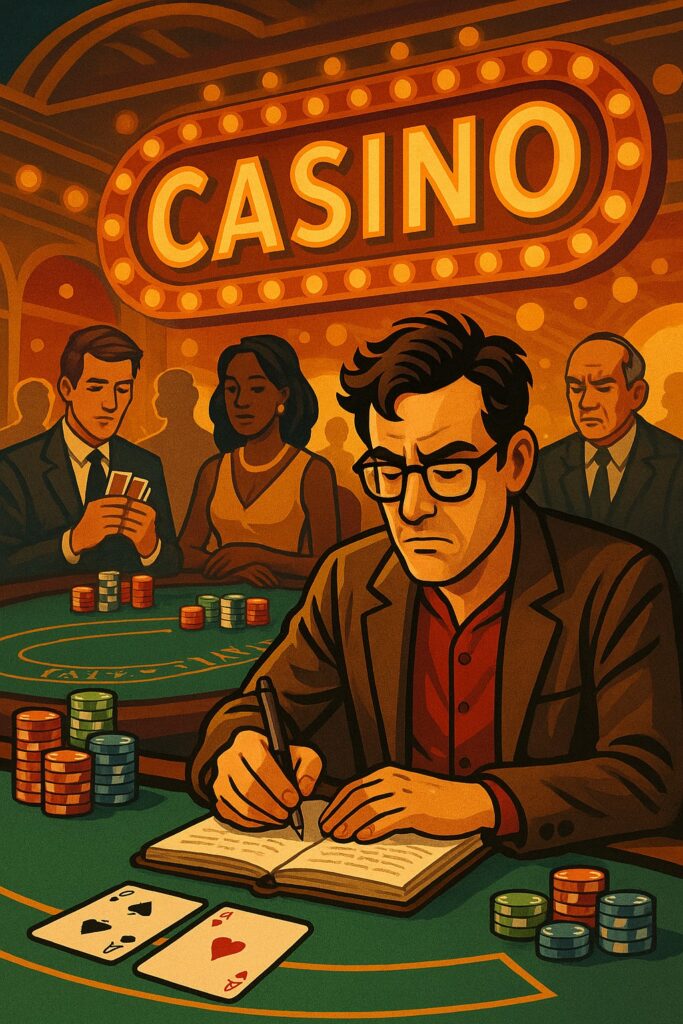


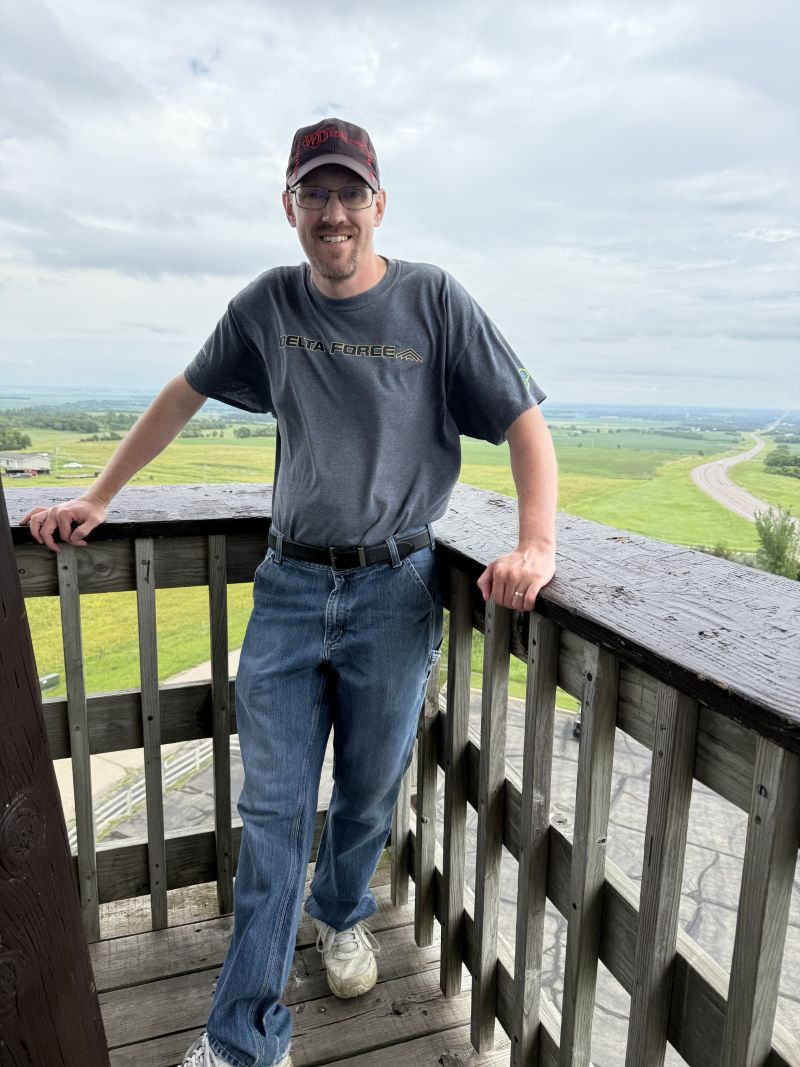



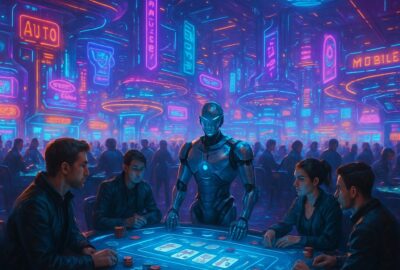

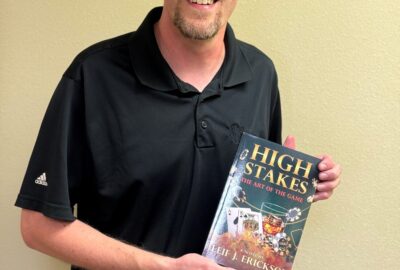

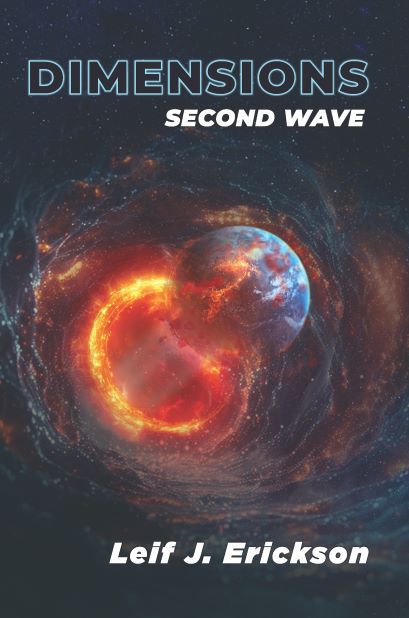
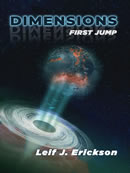
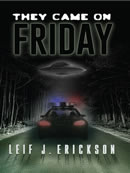
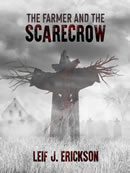
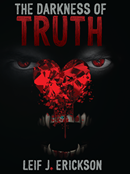
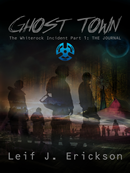
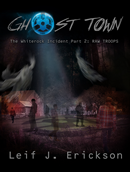
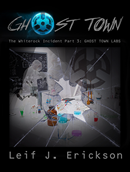
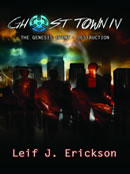
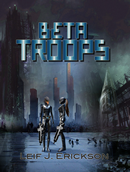
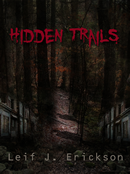
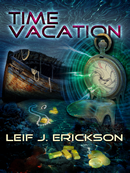
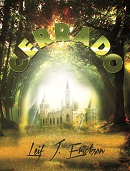




Leave a reply
You must be logged in to post a comment.